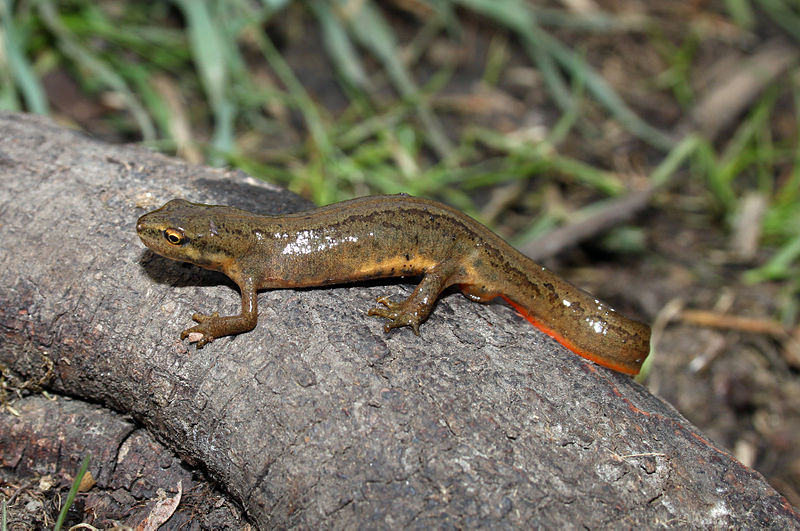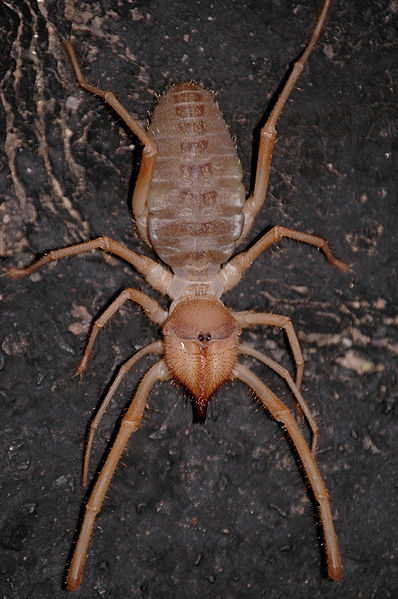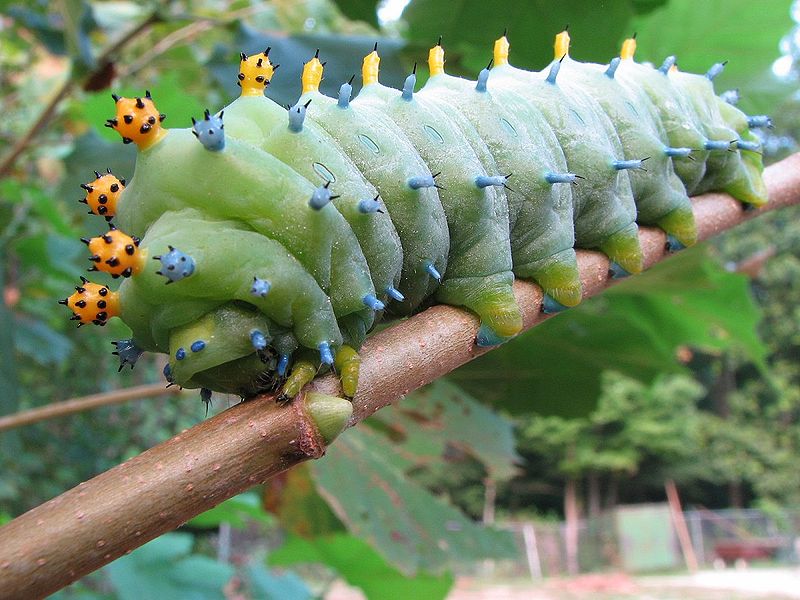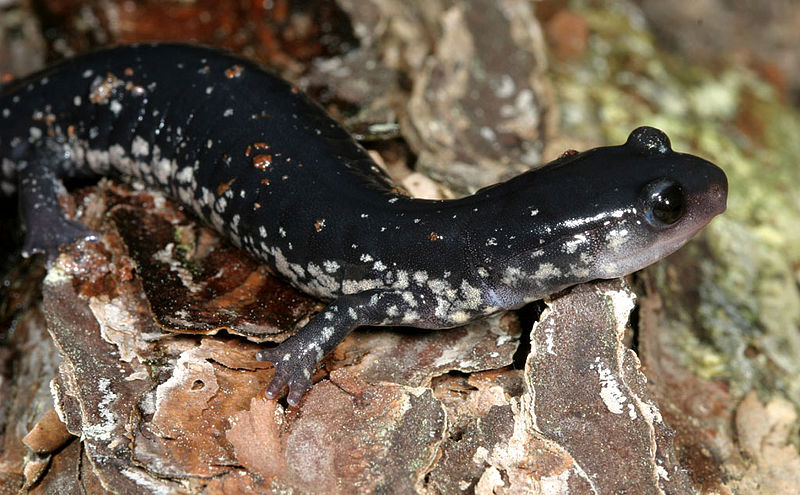
Today Wild Fact is going to be about a slimy salamander…..no, literally! That’s right, today’s animal is actually known as the Slimy Salamander, which must make the schoolyard a tough place to be with a name like that. If you haven’t noticed these slimy amphibians hanging around your school, perhaps you are not living in the right section of the United States. The Slimy Salamander can typically be found from New York west to Illinois as far south as Texas and east to Florida, which is a pretty large area so I am sure at least one of our American readers have spotted this little guy. And after today, all of us will have spotted one so let’s get going….
Slimy or Sticky….Blue or Grey?
So why is this particular salamander referred to as “slimy”, when most amphibians tend to have a slippery nature to them? Granted most amphibians are slimy, however, the Slimy Salamander is one of the few that are capable of creating a sticky glue-like substance from their skin. Wait a minute, if they produce a glue-like substance, shouldn’t they be called Sticky Salamanders? Actually, this is also one of their common names, along with Blue-Spotted Salamander and Grey-Spotted Salamander. If you ask me, all of their common names seem to be contradictory! Getting back to their sticky excretion. This substance is generally produced when the Slimy Salamander is threatened. And if you get this glue-like substance on you….it is very difficult to remove, which probably makes this amphibian one of the least appetizing.
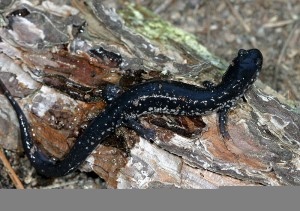
The Fashionable Dancer
During mating season the male will perform an elaborate dance to impress their female counterpart. They will also dress up for the occasion by turning their feet, chin and white spots to a beautiful pink colour. After awhile, they will turn to a bright shade of red which really gets the attention of the ladies in the area. So not only is their skin practical but also fashionable.
Do Not Disturb
Both the males and females are incredibly territorial creatures. As such, they will aggressively defend their area against other Slimy Salamanders or any other amphibian that wanders past. Similarly, the female will viciously guard her eggs and in some case will put off foraging for food to ensure the safety of her clutch. Unfortunately, if the proud mother feels that her eggs have been tampered with, she will abandon her unborn children. Therefore, don’t touch eggs that don’t belong to you1!



